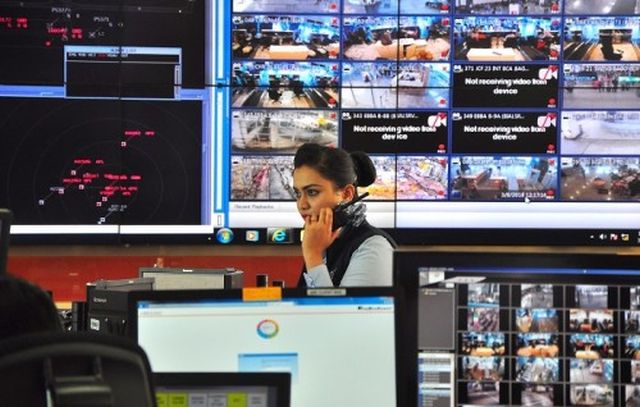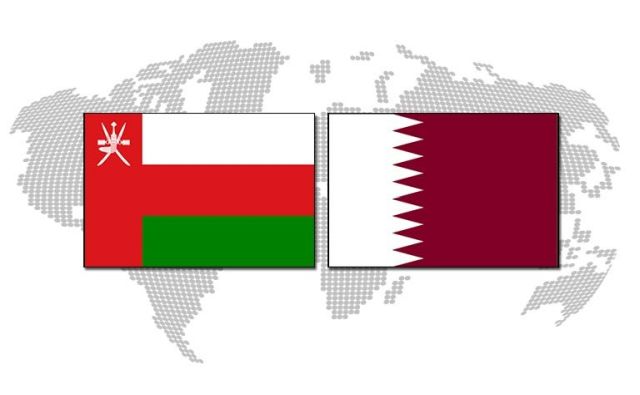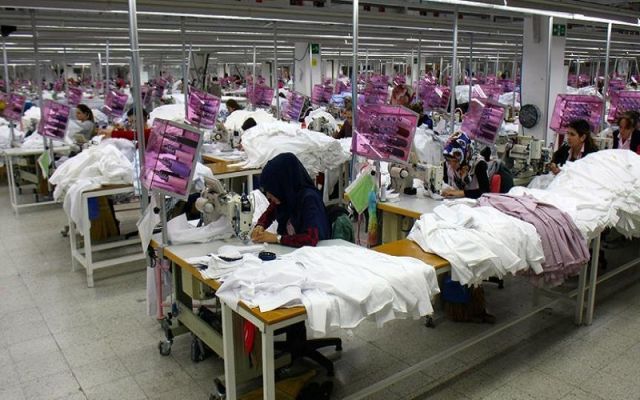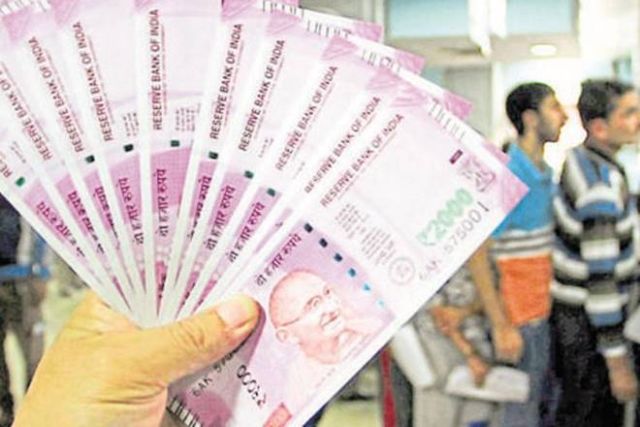
by admin | May 25, 2021 | Opinions
 By Taponeel Mukherjee,
By Taponeel Mukherjee,
With its rapidly-growing economy, the fact that India needs significant investments in airport infrastructure cannot be overemphasised. While Public-Private Partnerships (PPPs) and privatisation of airports have been attempted to some extent, the time has come to accelerate the pace on this front.
The broader trend seen in infrastructure, of attracting global capital, applies as much to airports as to any other sector. As they say, “All Roads Lead to Rome” (implying that there are few roads to Rome). There are alternative ways of creating and financing airport infrastructure.
“Asset recycling” — a strategy of monetising existing assets to generate capital — eminently applies to airports. Asset recycling of existing airport assets will allow the government to monetise financially-viable projects to generate capital with which to finance other economically useful — but not financially viable — airports. This is an alternative to a viability gap fund strategy or a strategy of financing new assets using extra charges on air tickets. The asset recycling strategy needs to be looked at in greater detail, especially with a view to developing airports in tier-2 and tier-3 cities.
Airport operators and regulators also need to start thinking in terms of capital structure innovation around airport businesses. In terms of generating financing, the airport business can be listed through an IPO. This is an idea that has been around for a while in India. Globally, airport operators such as Corporacion America Airports are also looking at IPOs.
The cash liquidity that an IPO route provides without having to deal with the contingent liabilities of a debt structure can be useful in pursuing high-growth projects for airport operators. On the other end of the spectrum are financial instruments such as revenue-backed airport bonds. This would be a big step for airports and airport operators in India.
While revenue-backed airport bonds would take some regulatory mechanism changes, the impact can be crucial to speed up the creation of airport infrastructure. The ability of airport operators to optimise their capital structure using a variety of well-defined financial instruments and vehicles will be very important to bring down the cost of capital and facilitate its flow into the airport sector.
A more delineated capital structure will mean that airport assets will open up not just to large airport operators but also to relatively smaller financial institutions interested in a “pie of Indian airports”. Having a wider capital base means more competition for assets and a more efficient credit system.
A few critical questions worth asking are: Why does airport infrastructure matter in India? Are there positive multiplier effects of creating more such infrastructure? Given limited resources and various requirements, why is airport infrastructure a compelling investment opportunity?
A study, titled “Economic Impact of European Airports” by InterVISTAS, found that the relationship between aviation connectivity and GDP per capita for 40 countries was a positive one but with a significant scattering around the average. The key takeaway from the study is the positive impact on GDP growth that airport infrastructure has — and the careful planning needed to deliver this positive impact.
It is important that the creation of airport infrastructure by both private players and regulators looks at each airport asset individually within the larger hub-and-spoke network. It is as important not to create excess capacity as it is to build meaningful infrastructure. Without doubt, business productivity, local economies and inbound tourism all stand to develop from well-built airport infrastructure.
Interestingly, according to a study by the Centre for Asia Pacific Aviation (CAPA) in 2014, domestic airline seats per capita in India was 0.08, while the number for the Philippines was 0.29. According to the World Bank, the nominal GDP per capita in 2016 for India was approximately $1,709 versus $2,951 for the Philippines.
Despite this, according to CAPA, India was the third-largest domestic aviation market in the world in 2016 — and one of the fastest-growing. The data tells us that despite the aggregate size of the market, penetration rates are low here. This implies that the economic and financial value creation capacity of airports in India is immense. Airport infrastructure creation, if done well, is an opportunity for everyone involved.
(Taponeel Mukherjee heads Development Tracks, an infrastructure advisory firm. Views expressed are personal. He can be contacted at taponeel.mukherjee@development-tracks.com or @Taponeel on Twitter)
—IANS

by admin | May 25, 2021 | Muslim World
 Doha : Qatar and Oman have signed an agreement aimed at enhancing trade and economic ties despite the ongoing embargo, the media reported.
Doha : Qatar and Oman have signed an agreement aimed at enhancing trade and economic ties despite the ongoing embargo, the media reported.
Citing Qatar News Agency, Xinhua reported that the Memorandum of Understanding (MoU) signed on Sunday covers food production, marketing, joint investment and export of Omani products to Qatar.
The MoU was signed in the presence of the dignitaries of both countries.
Since the Gulf crisis began, Qatar is trying to shield itself from regional isolation, and increase its multilateral cooperation with other countries.
The volume of product-exchange between Oman and Qatar have risen two to three times since then.
—IANS

by admin | May 25, 2021 | Muslim World
 Rabat : The Moroccan government income reached MAD 222.7 billion in 2017, up 5.6 percent from MAD 210.8 billion at the end of December 2016, revealed the General Treasury of Morocco.
Rabat : The Moroccan government income reached MAD 222.7 billion in 2017, up 5.6 percent from MAD 210.8 billion at the end of December 2016, revealed the General Treasury of Morocco.
According to the Treasury, the increase is tied to the rise in direct taxes by 8.1 percent, indirect taxes by 6.7 percent, and non-tax revenue by 1.5 percent, along with a reduction in customs duties by 5.1 percent and registration and stamp duties by 1 percent.
Tax revenues in 2017 reached MAD 200.5 billion, up 6.1 percent from MAD 189 billion at the end of December 2016. This shift is the result of an increase in customs revenue by 4.3 percent and domestic taxation by 6.9 percent.
Customs revenues, which include customs duties, import VAT, and energy products, reached MAD 60.3 billion dirhams at the end of 2017, up 4.3 percent from MAD 57.8 billion dirhams a year earlier.
Meanwhile, revenue generated from customs duties in 2017 amounted to 8.6 billion dirhams, compared to MAD 9.1 billion dirhams a year earlier, a decrease of 5.1 percent or MAD 465 million.
The revenues created from Domestic Value Added Tax (VAT) on imports reached MAD 36 billion at the end of December 2017 against MAD 33.5 billion at the end of December 2016, registering an increase of 7.4 percent, or MAD +2.5 billion. Similarly, VAT on energy products registered an increase of 20.1 percent or +1 billion.
In terms of domestic taxation, the government registered revenue amounting to MAD 128.6 billion at the end of December 2017, a 6.9 percent increase, to 120.2 billion at the end of December 2016.
Due to the increase of activity in the financial sector and oil companies, sugar companies, and telecommunications companies, income induced from corporation tax reached MAD 50 billion at the end of December 2017 against 43 MAD billion a year earlier, up 16.3 percent.
Income generated by the Interest Rates (IR) at the end of December 2017 recorded a 0.7 percent increase at MAD 39.3 billion, compared to 2016 revenues, which stood at MAD 39 billion.
However, IR revenue from real estate profits dropped by 5.6 percent, or 243 million dirhams, reaching MAD 4.089 million, compared to 2016 revenues of 4.332 million DH.
IR revenue collected by the Expenditure Department of Personnel (DDP) under the General Treasury also recorded a decrease, at 6.9 percent.
Domestic Value Added Tax made MAD 20.9 billion in 2017 against 19.3 billion a year earlier, an increase of 8.1 percent, or +1.6 billion.
Revenue from registration fees and stamps hit MAD 15.7 billion at the end of 2017, up from MAD 15.8 billion a year ago, a decrease of 1 percent.
Revenues generated from Income Investors reached MAD 8.2 billion dirhams at the end of December 2017 against MAD 8 billion at the end of December 2016, up 2.2 percent or MAD +175 million.
These revenues were mainly generated by the National Agency of Land Conservation (MAD 2.4 billion), Maroc Telecom (MAD 1.4 billion), OCP (MAD 1.3 billion), ONDA (MAD 600 million), Bank Al-Maghreb (MAD 556 million) and Marsa Morocco (MAD 299 million).
—SM/UNA-OIC

by admin | May 25, 2021 | Business, Large Enterprise, Muslim World
 Ankara : Turkey’s Purchasing Managers’ Index (PMI) for the manufacturing sector reached 54.9 in December thanks to robust growth in new orders, according to a closely watched business survey released on Tuesday.
Ankara : Turkey’s Purchasing Managers’ Index (PMI) for the manufacturing sector reached 54.9 in December thanks to robust growth in new orders, according to a closely watched business survey released on Tuesday.
London-based global data company IHS Markit’s monthly purchasing managers’ index report, prepared in collaboration with the Istanbul Chamber of Industry, showed manufacturing operating conditions in Turkey continuing to improve for a tenth consecutive month, Anadolu Agency reported.
“Higher demand from both home and abroad, with the growth of new export orders at a near seven-year high. This, in turn, supported stronger increases in output, employment, and purchasing activity,” said the report.
Strong production growth was supported by a further rise in employment during the month, it added. “The Turkish manufacturing sector saw growth accelerate at the end of 2017, with output and new orders each rising at sharper rates,” Gabriella Dickens, IHS Markit’s economist, said in the report.
She added: “Notably, new export orders increased at the fastest pace since February 2011. Higher new orders encouraged firms to increase employment sharply.”
In the report, any figure greater than 50 points indicates an overall improvement of the sector. Turkey’s PMI has been standing at over 50 points since March. PMI was 52.9 in November and 53.5 in September.
—SM/UNA-OIC

by admin | May 25, 2021 | Economy, Finance, Markets, News
 New Delhi : India’s budgetary fiscal deficit for the first eight months of 2017-18 stood at 112 per cent — Rs 6.12 lakh crore — of the full year’s target of Rs 5.46 lakh crore, official data showed on Friday.
New Delhi : India’s budgetary fiscal deficit for the first eight months of 2017-18 stood at 112 per cent — Rs 6.12 lakh crore — of the full year’s target of Rs 5.46 lakh crore, official data showed on Friday.
The data furnished by the Comptroller General of Accounts (CGA) showed that April-November fiscal deficit was 85.8 per cent of the budget in the like period of the last fiscal.
According to the CGA data, net of tax revenue during the period under review was Rs 6.99 lakh crore, or 57 per cent of the estimated target.
The total receipts — from revenue and non-debt capital — during the fiscal’s first eight months were Rs 8.66 lakh crore, or 54.2 per cent of the estimates for the current year.
The data revealed that total expenditure — incurred on revenue and capital — during the April-November period was Rs 14.78 lakh crore, or at 68.9 per cent of the entire fiscal’s estimate.
The 2017-18 deficit — the difference between revenue and expenditure — has been pegged at Rs 5.46 lakh crore for 2017-18, as compared to the deficit of Rs 5.34 lakh crore for the last fiscal
—IANS





